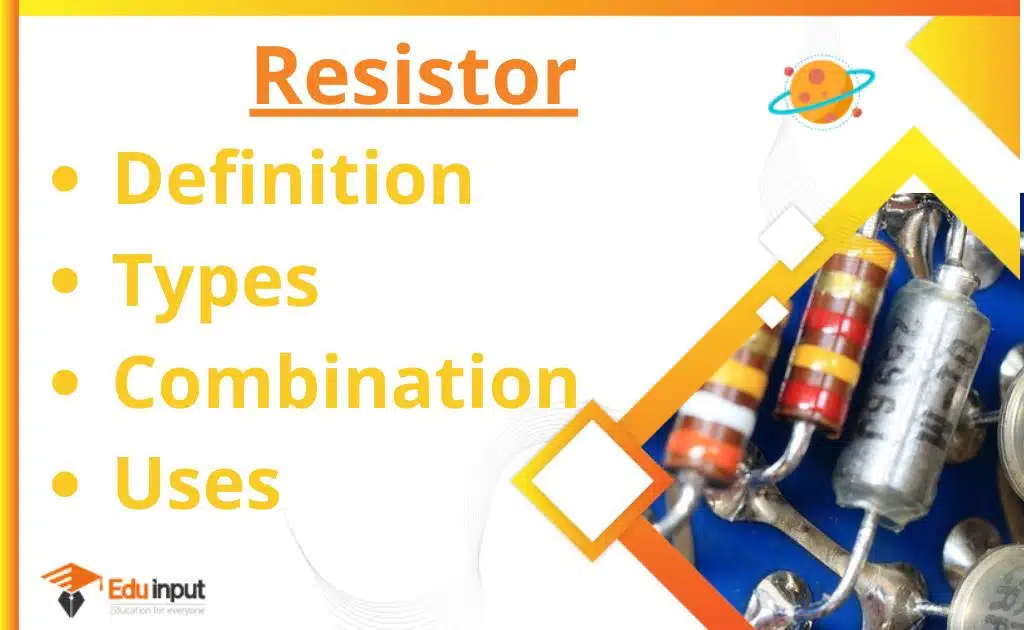What is an Electrical Cable?-Definition, Types, And Uses
The electrical cable is a type of wire that transmits current electricity. There are many different types of cables including coaxial cable, fiber optic cable, power cable, telephone cable, and others. The electrical cable is often used to transmit electricity from one place to another. In addition, the electrical cable is commonly used to connect electronic devices together.
What is an Electrical Cable?
An electrical cable is an assembly of wires that are either side by side or bundled and used to carry electric current. A cable assembly, which is not necessarily suitable for connecting two devices but can be a partial product, consists of one or more electrical cables and their corresponding connectors. soldered onto a printed circuit board with a connector mounted to the housing. A cable tree or cable harness is used to connect many terminals together in a cable assembly.
Types of Electric Cable
There are many types of electric cables. some of them are given below.
- Coaxial cable
- Structured cabling
- Submersible cable
- Twin and earth
- Twinax cable
- Direct-buried cable
- Flexible cables
- Filled cable
- Heliax cable
Characteristics of Electric Cable
An electric field can be caused by any current-carrying conductor, including a cable. Any conductor or cable will pick up energy from an existing field around it. In the first case, the unwanted transmission of energy may adversely affect nearby equipment or other parts of the same piece of equipment, and in the second case, unwanted pickup of noise may mask the desired signal being carried by the cable, these effects are often undesirable.
Since pick-up and transmission are proportional to the length of the cable, keeping cable lengths short in buildings is the first solution to these problems. Route the cables away from trouble is the second solution. There are cable designs that can be used to minimize pickup and transmission. Shielding, coaxial geometry, and twisted-pair geometry are some of the principal design techniques.
Shielding takes advantage of the electrical principle of the cage. foil or wire mesh surrounds the cable for its entire length. If the shield is connected to a point of constant voltage, such as earth or ground, the wires running inside will be to a large extent decoupled from external electrical fields.
Simple shielding of this type isn’t very effective against low-frequency magnetic fields, such as magnetic “hum” from a nearby power transformer. A grounded shield on the cables protects people from electric shock and equalizes stress on the cable.
Electrical cables Uses
The transfer of electrical signals or power from one device to another can be accomplished with the use of electrical cables. Power cables are used for bulk transmission of alternating and direct current power, especially using high-voltage cables.
Building wiring for lighting, power, and control circuits is permanently installed in buildings and uses electrical cables. Installation labor can be saved due to the fact that all the circuit conductors can be installed in a cable at the same time.
An electrical cable is an assembly consisting of one or more conductors with their own insulations and optional screens, individual covering(s), assembly protection, and protective covering. By stranding the wires, electrical cables may be made more flexible. Smaller individual wires are twisted or braided together to create larger wires that are more flexible than solid wires of the same size.
The most flexibility can be achieved by grouping small wires before stranding them. Tin, gold, and silver are less prone to oxidation than copper, which may prolong the wire life and make soldering easier. lubrication is provided between strands with the use of twine. The removal of rubber insulation was assisted by the use of twine.







Leave a Reply